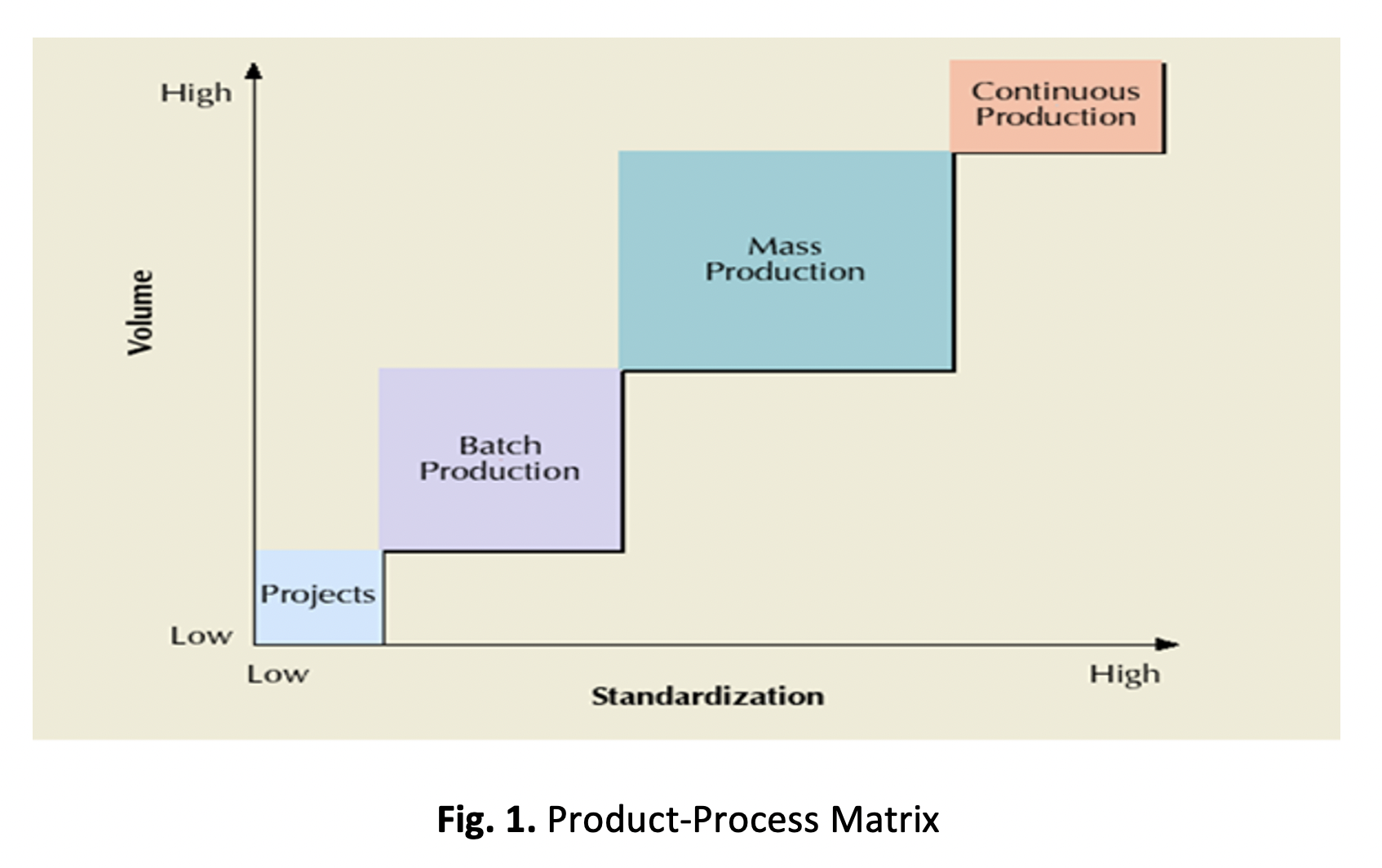Design/Engineering For Production (DEFP) and Shipyard: A Review on the Malaysian Technological Aspects and Practices
DOI:
https://doi.org/10.37934/araset.28.3.336350Keywords:
DEFP, shipyard, shipbuilding industryAbstract
Design/Engineering for Production (DEFP) DEFP is viewed as a function and strategic resource of the shipyard. More importantly, the ability to strengthen DEFP would enable the shipbuilding industry to gain competitive advantage. This paper examines the role of Design/Engineering for Production (DEFP) as strategic decision in the shipbuilding industry. Incorporating evidence from reviews of relevant literature, this study demonstrates that there were abundant opportunities for DEFP, thus, proves that the role of DEFP was important. Moreover, the current approach focusing on transformation programs which emphasized on enhancement and effectiveness of planning and DEFP functions were justified. The company’s investment in this area of concerned eventually would bring up the competitiveness of the company. Indirectly, the effort would also be contributing to the continual growth of the local shipbuilding and ship repair industry.Downloads
Download data is not yet available.

Downloads
Published
2022-11-30
Issue
Section
Articles



























